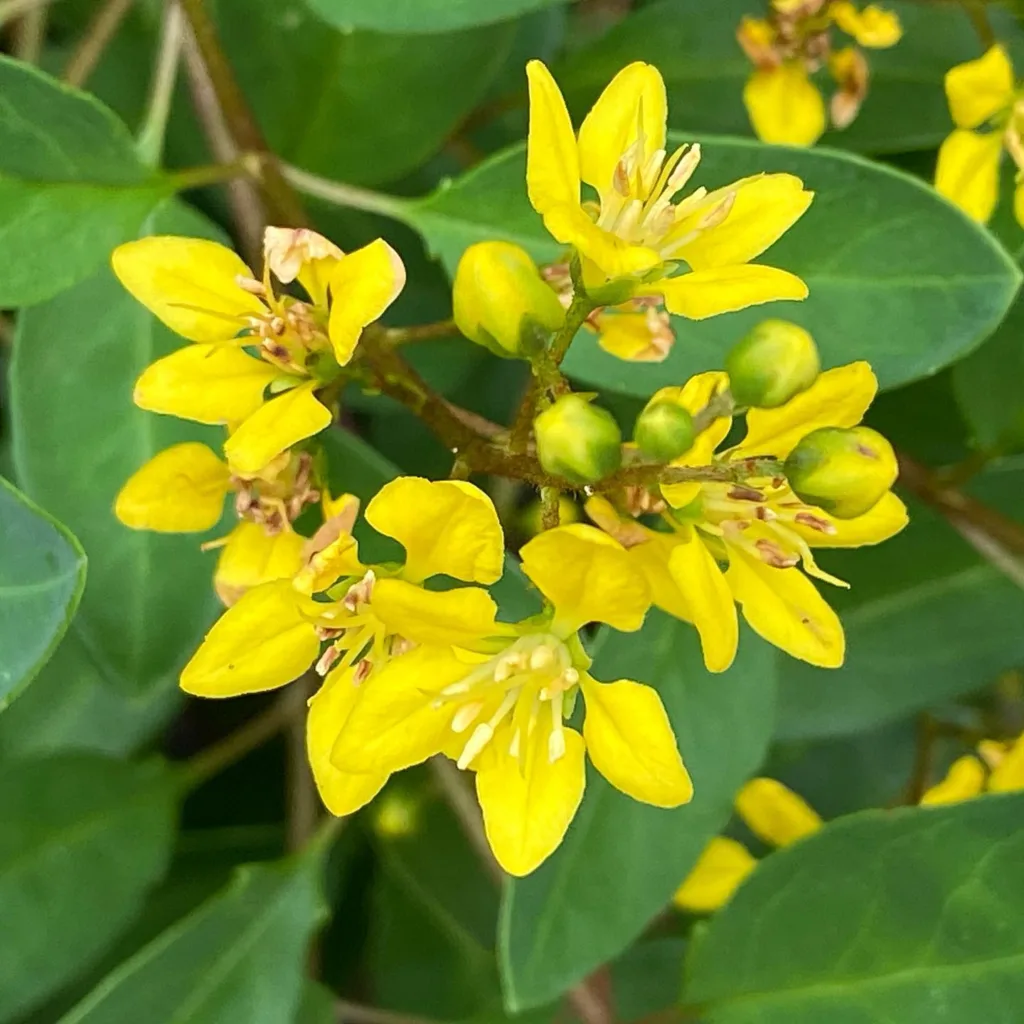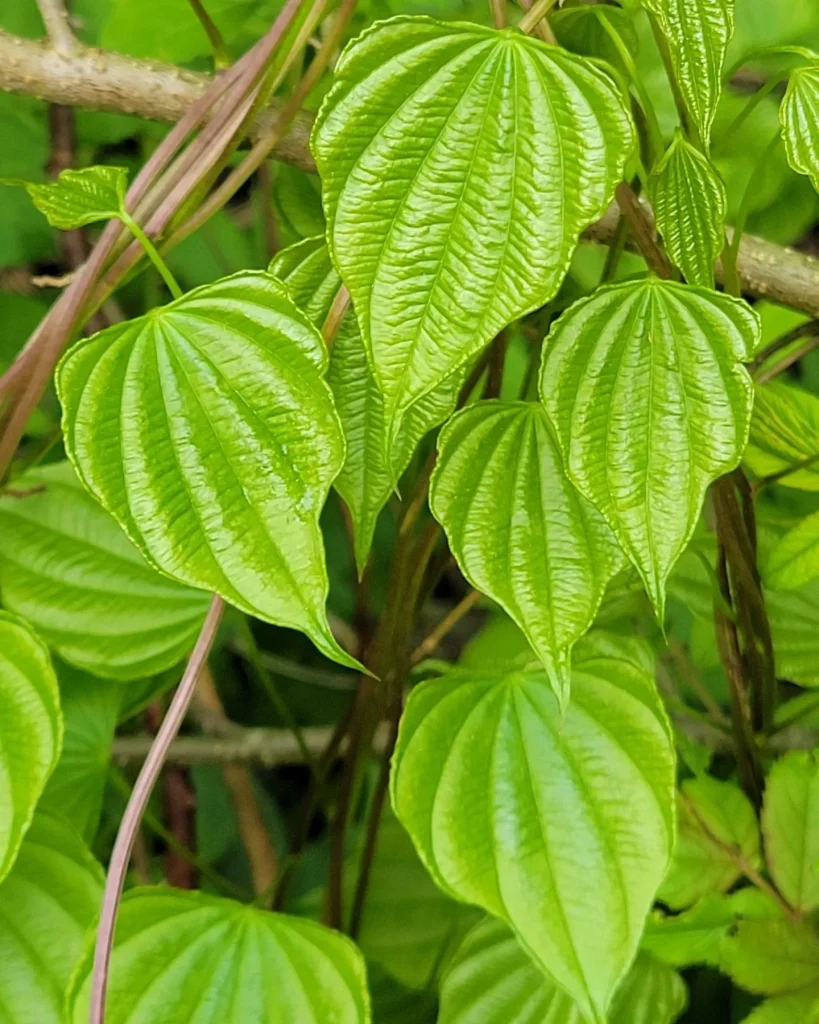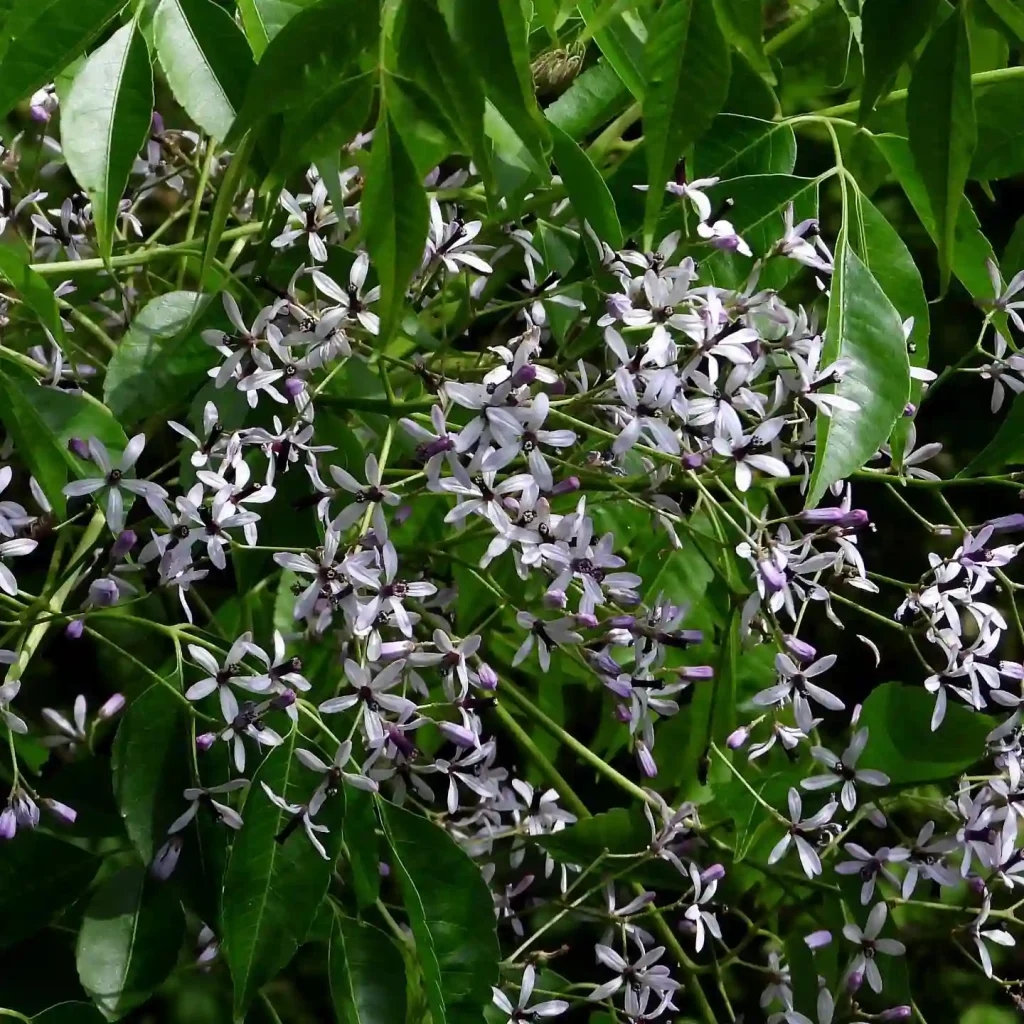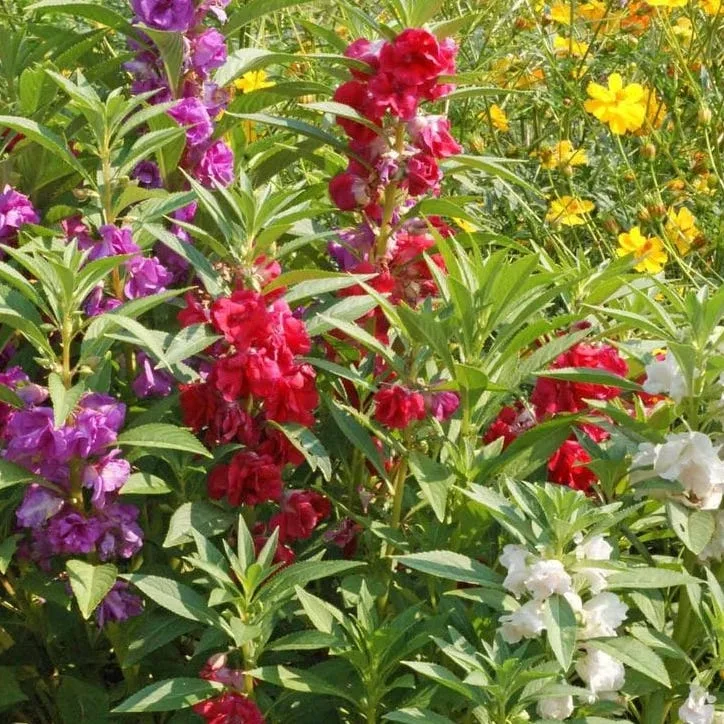Equisetum Palustre: A Beginner’s Guide
Hi, I’m Ferb Vu, and I’m here to answer your questions about Equisetum palustre, also known as Marsh Horsetail. This fascinating plant has a long history and unique characteristics that set it apart from others.
Whether you’re a curious gardener or a nature enthusiast, this guide will equip you with the essential knowledge about Equisetum palustre.
Plant Family: Equisetaceae – 41 Species in Genus Equisetum – Horsetail
What is Equisetum Palustre?
Equisetum palustre is a fern ally, not a true fern. It belongs to a lineage of primitive vascular plants that predate the rise of flowering plants. These prehistoric survivors have a distinct appearance, with hollow, segmented stems and whorls of tiny leaves at each node.
Marsh Horsetail thrives in wet environments like marshes, seeps, and lake shores. Its green, ribbed stems can reach up to 2 feet tall and resemble miniature bamboo stalks. The plant reproduces through spores, not flowers, adding to its ancient charm.
Equisetum Palustre vs Equisetum Arvense
I’ve found Equisetum Palustre to thrive better in the wetter parts of my garden, while Equisetum Arvense spreads more aggressively in drier areas.
Is Equisetum Palustre a Weed?
Equisetum palustre can be invasive in some situations. Its extensive underground rhizomes allow it to spread rapidly, potentially forming dense colonies that crowd out other plants. However, it’s not as aggressive as some other common weeds.
If you’re concerned about Marsh Horsetail taking over your garden, there are ways to control it. Physically removing the plant can be effective, but be thorough and persistent, as missed fragments can regenerate. Herbicides can also be used, but always follow the instructions carefully and choose a product labeled for Equisetum control.
Important Note: Equisetum palustre is toxic to horses and other livestock. If you have grazing animals, ensure they don’t have access to this plant.
Can I Plant Equisetum Palustre in My Garden?
Equisetum palustre can be a beautiful addition to a bog garden or other wet areas. Its architectural form and lush green color add a touch of prehistoric charm. However, before planting, consider these factors:
- Habitat: Marsh Horsetail needs consistently moist soil. If your garden doesn’t provide that, it will likely struggle.
- Spread: Be prepared for the plant to spread. Consider planting it in a container or a designated area where it can be controlled.
- Toxicity: If you have pets, especially horses, ensure they cannot access the plant.
If you decide to plant Equisetum palustre, keep the soil damp and provide plenty of light. It’s generally a low-maintenance plant once established.
Equisetum Palustre vs. Horsetail Fern
Equisetum palustre is often confused with Horsetail Fern (Equisetum hyemale). Both share similar segmented stems and whorled leaves. However, some key differences help distinguish them:
- Habitat: Marsh Horsetail prefers wet environments, while Horsetail Fern tolerates drier conditions.
- Stems: Marsh Horsetail has 4-8 ridges on its stems, while Horsetail Fern has 6-12 ridges.
- Branching: Marsh Horsetail typically has unbranched stems with whorls of branches emerging from the upper half. Horsetail Fern can have branching throughout the stem.
By observing these characteristics, you can accurately identify the Equisetum species you encounter.
Equisetum Palustre: Medicinal Uses (Disclaimer)
Disclaimer: I am not a medical professional, and this information is for educational purposes only. Never ingest any plant material without consulting a qualified healthcare provider.
Equisetum palustre has a history of traditional use in various cultures. However, scientific evidence for its medicinal benefits is limited.
Some studies suggest it might have diuretic or anti-inflammatory properties, but more research is needed. Additionally, the plant contains thiaminase, an enzyme that breaks down vitamin B1. Excessive consumption can lead to vitamin B1 deficiency.
Therefore, avoid ingesting Equisetum palustre without proper medical guidance.
Conclusion
Equisetum palustre is a fascinating plant with a rich history. Whether you appreciate its prehistoric charm or find its potential uses intriguing, this guide has hopefully equipped you with the knowledge to understand and appreciate this unique fern ally. Remember, responsible gardening practices and consulting professionals for medicinal purposes are crucial when dealing with Equisetum palustre.
If i die, water my plants!



